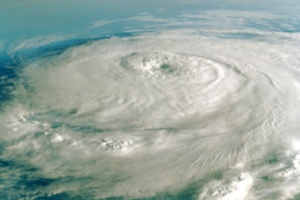 While severe weather poses risks at the time it’s occurring, the aftermath of a storm can be risky as well, according to an article on nonfatal injuries during the week after Hurricane Sandy in this week’s Center for Disease Control and Prevention (CDC) Morbidity and Mortality Report.
While severe weather poses risks at the time it’s occurring, the aftermath of a storm can be risky as well, according to an article on nonfatal injuries during the week after Hurricane Sandy in this week’s Center for Disease Control and Prevention (CDC) Morbidity and Mortality Report.
The storm made landfall in densely populated areas of New York, New Jersey, and Connecticut on Oct. 29, 2012, forcing many people to evacuate their homes through water and debris. Flooding affected 51 square miles of New York City (NYC) and resulted in 43 deaths, many caused by drowning in the home, along with numerous storm-related injuries
Researchers found in that ten percent of those who lived in flooded areas reported an injury in the week following the hurricane. Nearly 75% of those had more than one injury.
Injuries occurred during evacuation and clean-up/ repair of damaged or destroyed homes.The most common injuries reported were arm/hand cuts, back strain/sprain, and leg cuts. The greatest number of injuries occurred among persons who attempted to clean or repair damaged or destroyed homes.
The Sandy survey included questions on home evacuation, height of flood waters in home, degree of damage to home, activities related to storm response (e.g., rescue, clean-up, and repair), and a health assessment that included details of Sandy-related injury restricted to the first week after the hurricane to provide the respondent a distinct period for recall of the injury. Additional information was obtained about body part (e.g., arm/hand, leg, or foot), type of injury (e.g., cut, fracture, or strain), and whether medical care was received.
In the NYC inundation zone alone, approximately 500 homes were destroyed, and 26,000 homes and businesses were registered for repairs.
Data from people in a Registry of those affected by the WTC disaster in NYC was used in the report.
The researchers note that hurricane preparation messages emphasizing the potential for injury hazards during both evacuation and clean-up or repair of damaged residences might help mitigate the occurrence and severity of injury after a hurricane.



